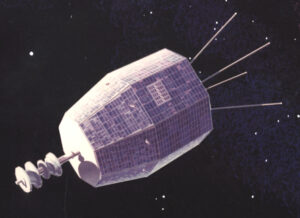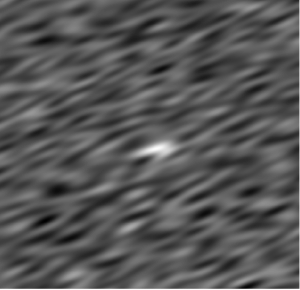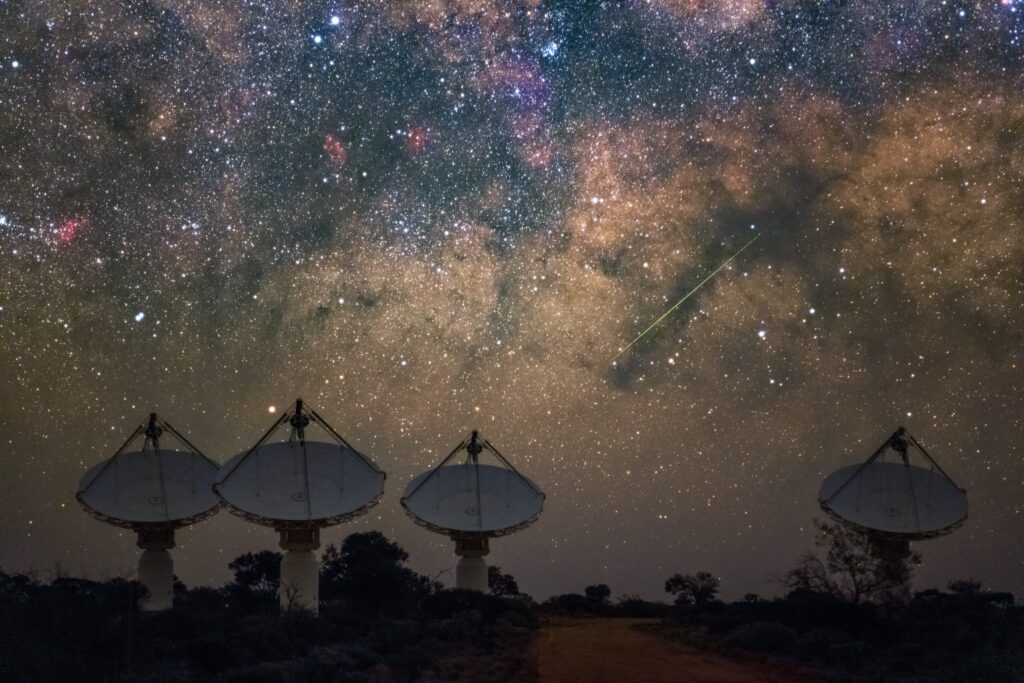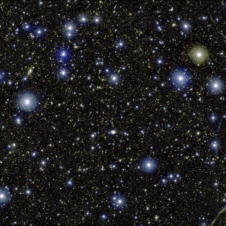ICRAR astronomers have detected a ‘spark’ of radio waves coming from a dead satellite in Earth’s orbit while hunting for Fast Radio Bursts in the distant universe.
Astrophysicist Clancy James, from the Curtin University node of the International Centre for Radio Astronomy Research, led a team that studied the extremely bright source of radio waves detected on June 13 2024.

NASA’s Relay 2 spacecraft orbits between 2091km and 7411km above Earth, and has been offline since 1967. Credit: NASA
While the source of the radio waves appeared to match the location of NASA’s defunct Relay 2 spacecraft, there is no evidence the satellite has ‘switched back on’. The waves most likely came from a spark of built up electricity, jumping from one part of the spacecraft to another as it passed through the charged environment above Earth’s atmosphere.
A second possible explanation was an impact with a tiny particle of space debris, or a ‘micrometeoroid’. These impacts can create a short-lived cloud of hot, charged gas, and an accompanying burst of radio waves.

The blurry image of the burst indicated the source was not in the distant Universe. Credit: Marcin Glowacki.
The event, while incredibly bright, lasted less than 30 nanoseconds. It was detected using the recently-upgraded CRACO system, installed on CSIRO’s ASKAP radio telescope on Wajarri Yamaji Country in Western Australia. CRACO is an essential part of the CRAFT survey project, an international collaboration of researchers who are catching and analysing incredibly brief cosmic phenomena.
Sparks of built-up electricity are a known danger to satellites in orbit, although none have ever been observed that are so bright or so short in duration. Detections like this show how the tools developed to study the distant Universe can help scientists understand the increasingly crowded and critically important space environment close to Earth.

CSIRO’s ASKAP radio telescope on Wajarri Yamaji Country. Credit: Alex Cherney/CSIRO
MEDIA SUPPORT
Charlene D’Monte
ICRAR Media Contact | charlene.dmonte@icrar.org | +61 468 579 311| +61 8 6488 7758
INTERVIEWS
A/Prof Clancy James
CRAFT Survey Lead, Curtin University
PUBLICATION
‘A nanosecond-duration radio pulse originating from the defunct Relay 2 satellite’ has been accepted for publication by Astrophysical Journal Letters. A pre-print version of the paper is available on arXiv.

